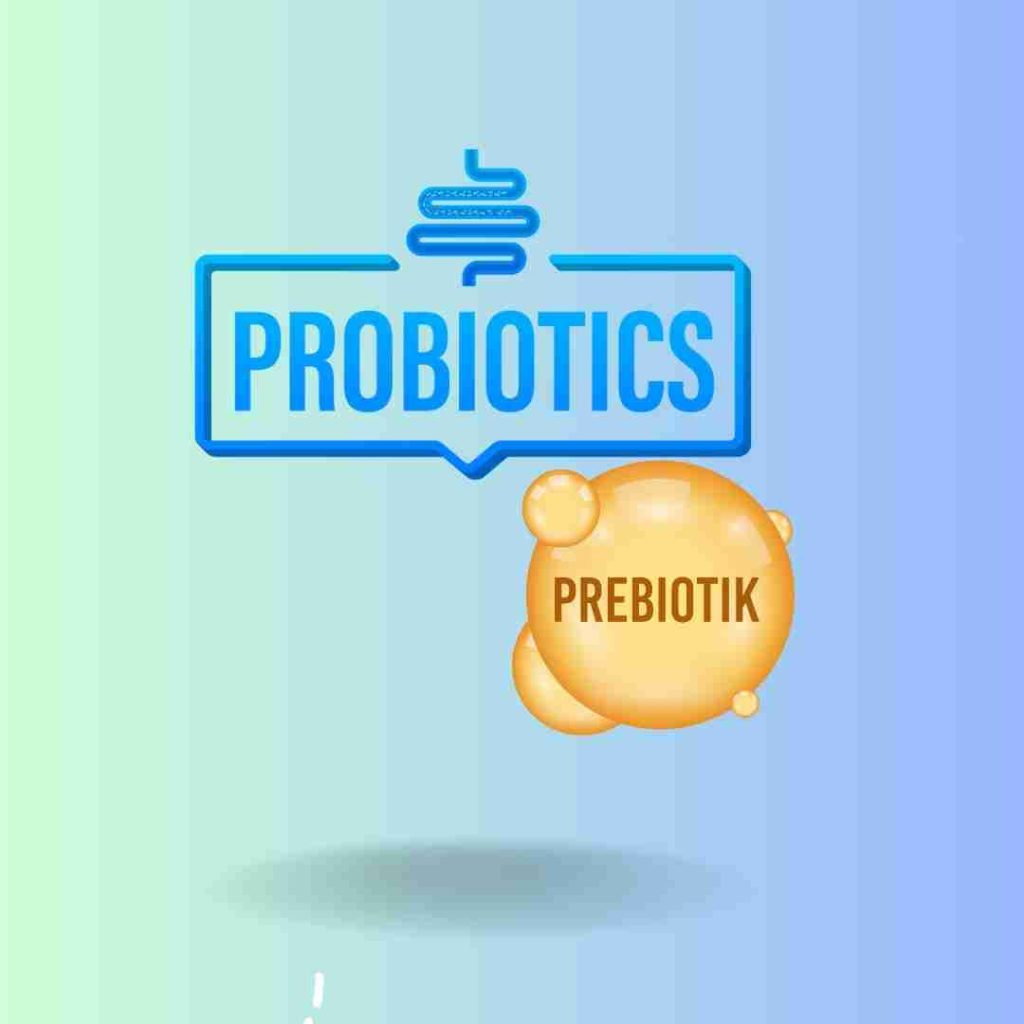
Probiotics are beneficial bacteria naturally present in our bodies, playing a crucial role in supporting digestion. These microorganisms help the intestines break down food (1). To promote healthy digestion, probiotics—either the same or similar strains to those naturally produced in our body—can also be ingested from external sources (1). Probiotics include a variety of organisms such as lactobacilli, bifidobacteria, Gram-positive cocci, enterococci and Saccharomyces boulardii, and yeast species present in many functional foods and dietary supplements (2, 3).
When dairy products were examined, it was determined that the most common probiotic source was yoğurt (4). The beneficial effects of foods containing live microbes (probiotics) on human health, particularly the impact of dairy products on children and other high-risk groups, are increasingly supported by health professionals (5).
Probiotics are live microorganisms that can improve intestinal flora and have positive effects on human health, particularly when consumed in adequate amounts (6).. The primary mechanisms of action of probiotics include strengthening of the epithelial barrier, increased adhesion to the intestinal mucosa and exclusion of pathogenic microorganisms, production of anti-microorganism substances and immune modulation (3). The beneficial effects of probiotic blends have been observed in various conditions, including irritable bowel syndrome and intestinal function, diarrhea, atopic disease, immune function and respiratory infections, intestinal microbiota modulation, inflammatory bowel disease, and treatment of Helicobacter pylori infection (7). Additionally, probiotics have been shown to alleviate lactose intolerance, reduce postoperative complications, and exhibit antimicrobial and anti-colorectal cancer activities (3).
In recent years, a new class of supplements known as prebiotics, has come to the fore to accompany a probiotic regimen (1). Prebiotics are defined as non-digestible food components that positively affect the host by selectively stimulating the growth or activity of one or a limited number of bacteria such as bifidobacteria and lactobacilli in the colon (3).
Prebiotics are selectively fermented short-chain carbohydrates that provide health benefits both in the composition and activity of the gastrointestinal microbiota. And it contains fructo-oligosaccharides or galacto-oligosaccharides (2). It is most naturally found in oatmeal, bananas, wheat, greens, flaxseed, asparagus, barley, berries, garlic, wheat, onions, and fruit and vegetable tomatoes such as chicory and legumes (4). It has been determined that prebiotics may be protective against the development of cancer. In addition, evidence suggests that prebiotics can positively affect serum glucose and insulin levels (4).
Combinations of probiotics and prebiotics are called as synbiotics (2). The term synbiotic was defined as “a mixture of live microorganisms that confer a health benefit on the host, and the substrate(s) that are selectively used by the host microorganisms.” (8).
Studies on both acute and chronic inflammatory bowel disease suggest that probiotics, prebiotics, and/or synbiotics may aid in the treatment of inflammatory bowel disorders (9).
Author Kubra Haktan
REFERENCES
- Wang, Y., & Shurtleff, D. (2019 , August). Probiotics: What You Need To Know. National Library of Medicine.
- Hedin, C., Whelan, K., & Lindsay, a. J. (2007 ). Evidence for the use of probiotics and prebiotics in inflammatory bowel disease: a review of clinical trials. Proceedings of the Nutrition Society , 307 – 315.
- Miriam, B.-B., Plaza-Díaz, J., & etc., a. (2012). Probiotic Mechanisms of Action. Annals of Nutrition and Metabolism, 160-174.
- Abdulhussein, A. J., Mtasher, A. S., & Mutlag, a. S. (2018). PROBIOTICS AND PREBIOTICS. International Journal of Current Research, 75341-75352.
- FAO/WHO, R. o. (2001). Health and Nutritional Properties of Probiotics in Food Including Powder Milk with Live Lactic Acid Bacteria. Córdoba, Argentina: Amerian Córdoba Park Hotel.
- Cuia, L., Chang, S. K., & Nannapaneni, R. (2021). Comparative studies on the effect of probiotic additions on the physicochemical and microbiological properties of yoghurt made from soymilk and cow’s milk during refrigeration storage (R2). Food Control.
- Chapman, C. M., Gibson, G. R., & Rowland, I. (2011). Health benefits of probiotics: are mixtures more effective than single strains? Eur J Nutr., 1-17. doi:10.1007/s00394-010-0166-z.
- Swanson, K. S., & etc., G. R. (2020). The International Scientific Association for Probiotics and Prebiotics (ISAPP) consensus statement on the definition and scope of synbiotics. Gastroenterology & Hepatology, 1-15.
- Pandey, K. R., Naik, S. R., & Vakil, a. B. (2015). Probiotics, prebiotics and synbiotics- a review. J Food Sci Technology, 7577–7587. doi:10.1007/s13197-015-1921-1
